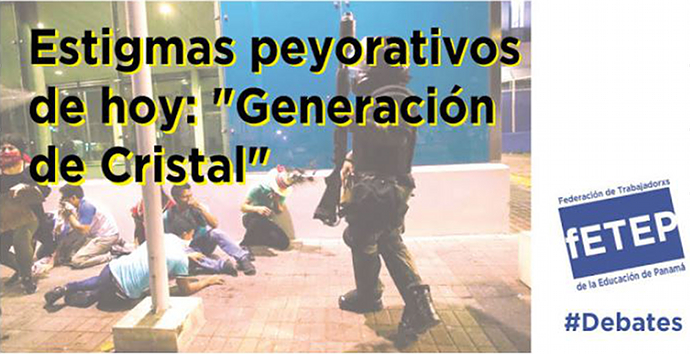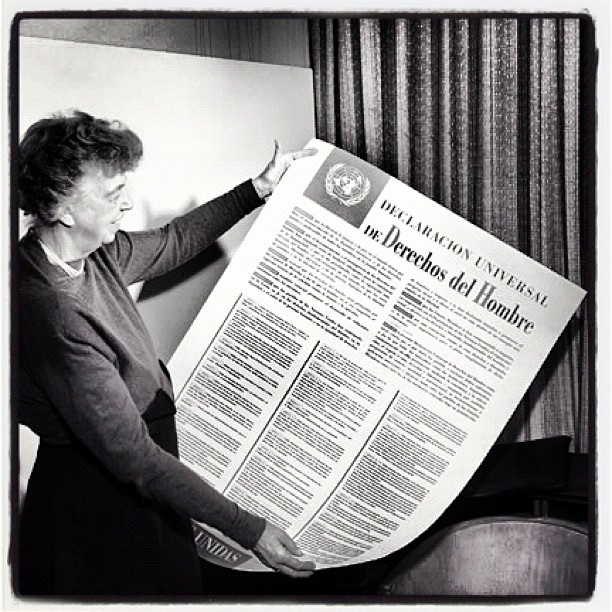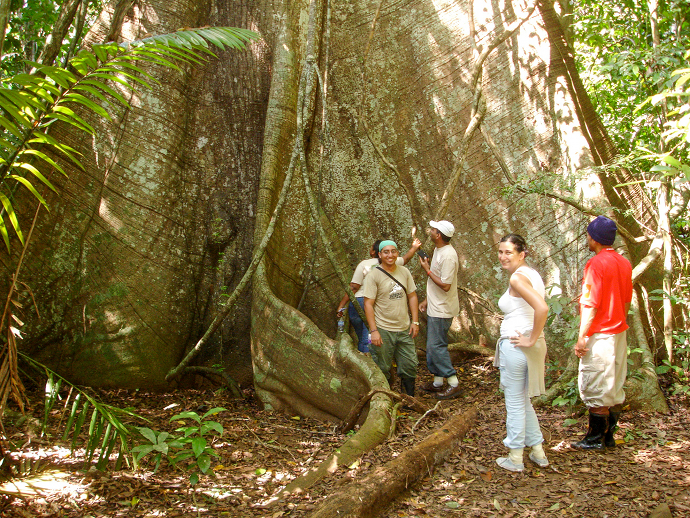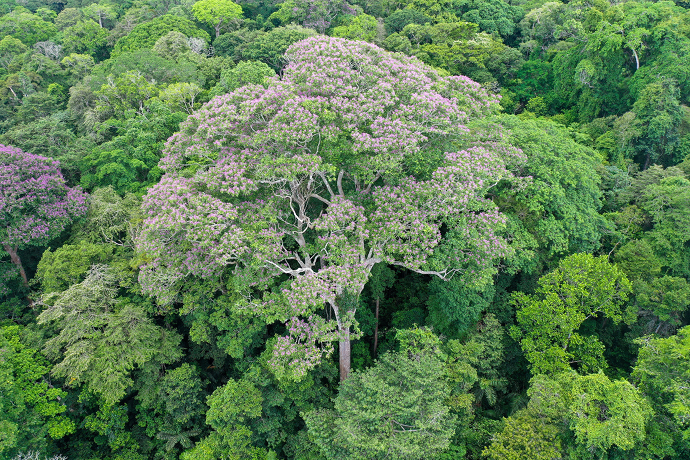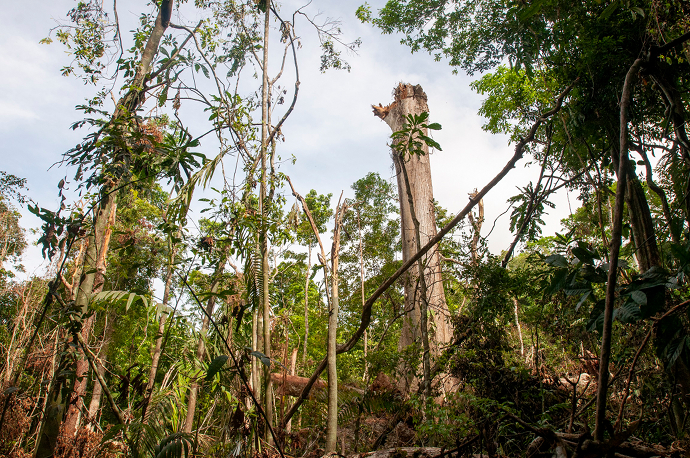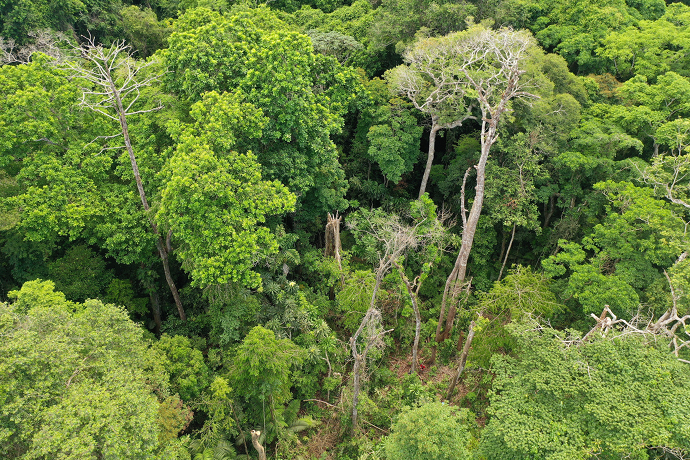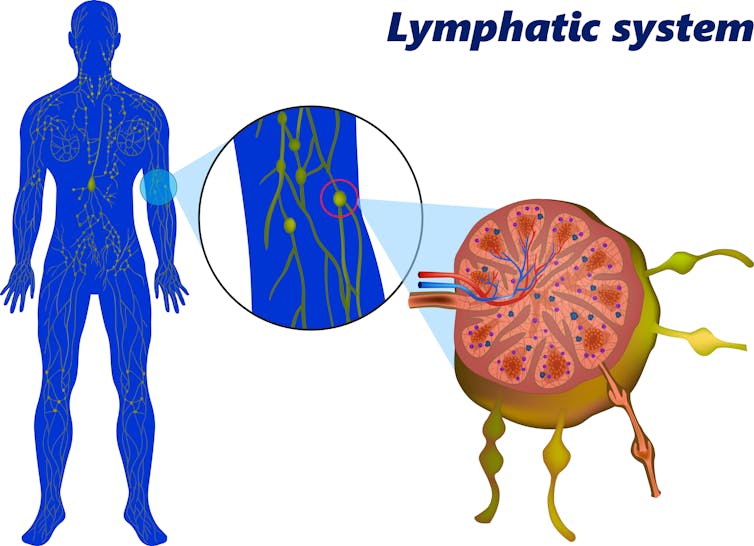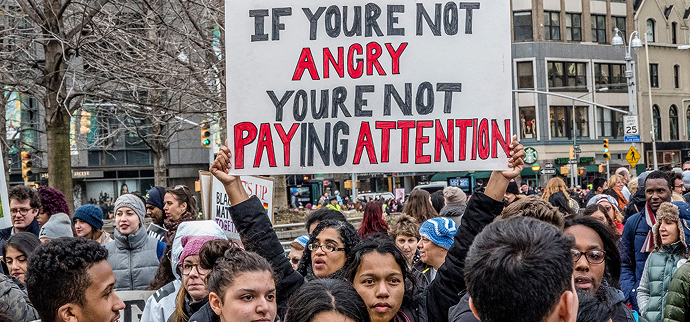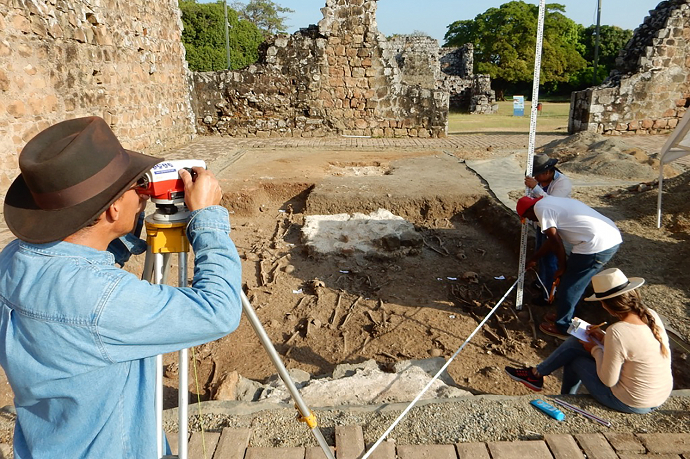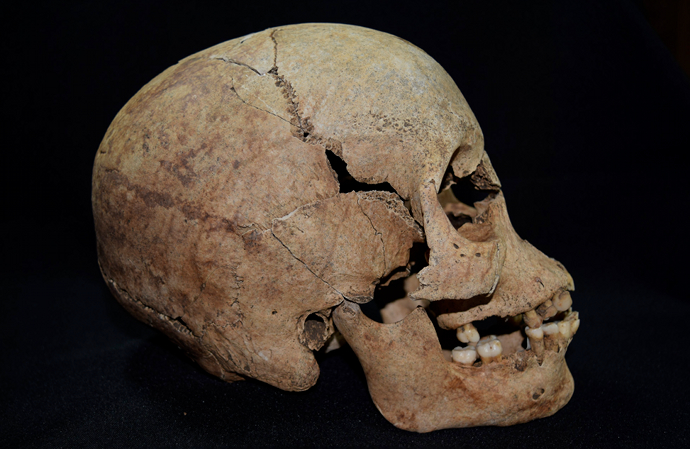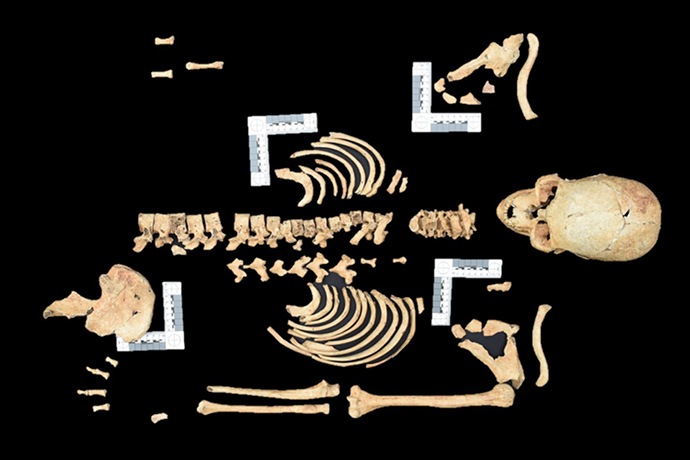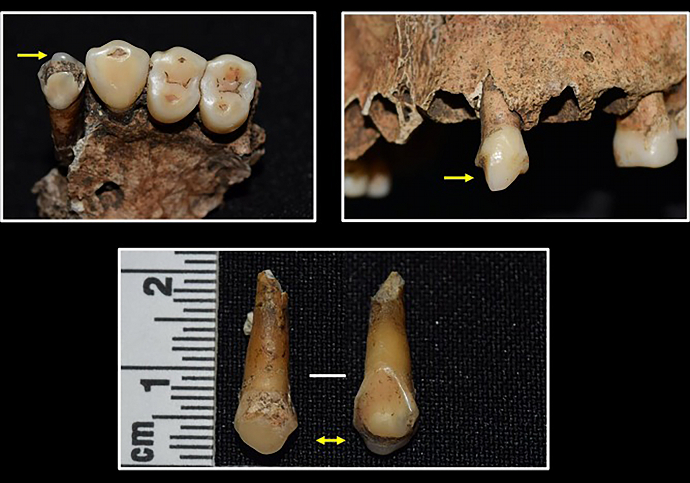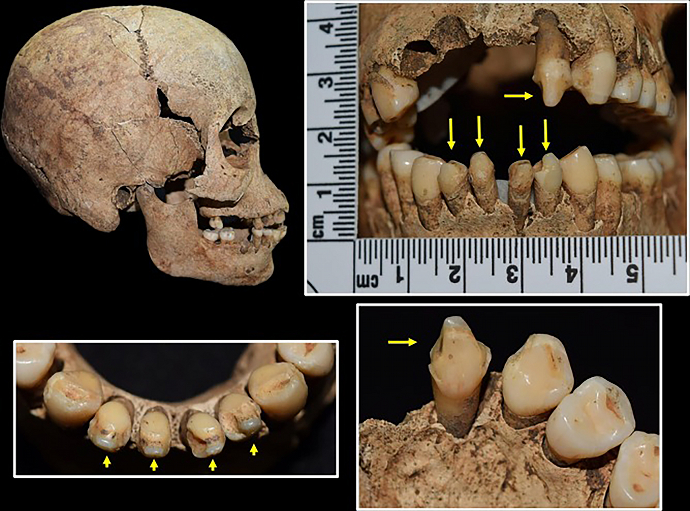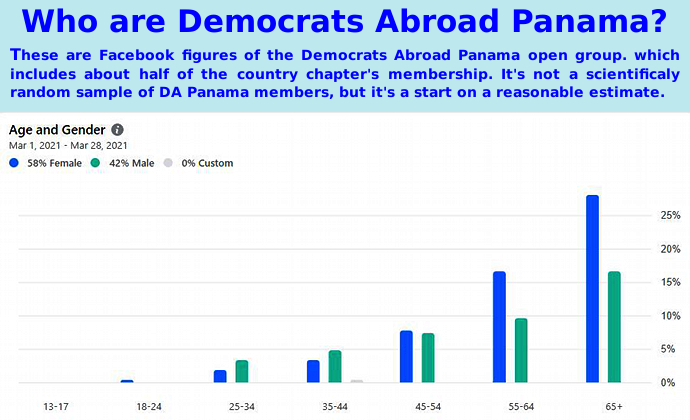Graphic from a growing alliance of teachers and other school employees who are set to resist classrooms full of unvaccinated people, responding to the archbishop’s epithet.
The archbishop mocks the youth
What a shame that the new generations of technology and those that we have raised, are generations of crystal that are being educated for a prospective life, as if this life were to be permanent on this Earth.
Archbishop Ulloa
Is he going to blow off the younger generations, blow off those who use their educations to take critical views of the world around them and its perils and promises, blow off those housed to his institution’s profit and public expense in SENNIAF facilities? Yeah, well.
All we learned, we knew before. The man tends to side with wealth and power, to put the finances of his institution before the needs of most of the congregation he leads.
None of us are forever, and he isn’t either. Maybe the next generation of Panamanian church leaders will prize transparency, candor and justice more than he does, and be less impressed by those whose embrace of worldly vices has been so very profitable.
Young people should not be expected to quietly sacrifice present-day justice, their futures, their progeny and planet Earth itself for the sake of their elders’ follies.
The unit prices of Sidewinder, AMRAAM, and HARM missiles as per US DoD’s official 2021 Fiscal Year budget document. So you want to consider the multiplier effects, positive and negative? On the positive side, there are folks who make these and they get paid, with the execs and shareholders generally not investing into anything that creates jobs, but employees paying for food, housing, the things they like to buy – and thus creating jobs for those who make or sell those things. On the negative side, they are single-use. BOOOM!!! But that’s not the end of it. That suspected terrorist who was at the wedding party that was rocketed? Maybe they got him and perhaps you want to score that as a gain. The late bride’s 12-year-old nephew who survived with only slight wounds because he was standing a ways back from where the rocket hit? Many may be the costs of the burning desire for revenge, even if the expense of dealing with his PTSD may be “externalized” to “the enemy.” And then there are the propaganda costs of telling the American people that it never happened, imprisoning whistleblowers who demonstrate that it certainly did, and telling that kid and many more like him to get over it. Graphic from Real Air War.
Is it too much? Is it too little?
Three trillion US dollars is an awful lot of money. The amount is comparable to the special tax breaks given to large corporations and the very rich by this past Republican administration.
Compared, however, to the losses over 50 years of US industrial decline, three trillion bucks isn’t very much. Nor is it all that much if you consider the cost of constant US warfare, which include wars in places where, far from being authorized by Congressional declarations of war, the existence and places of the conflicts are often top secrets that most members of Congress are not allowed to know, let alone the American people. It’s less than the US subsidies given to the oil industry, any way you want to count it. It’s three years worth of US coal subsidies.
Out THOSE thing, however, and the companies and owners taking the cut in subsidies and tax breaks are likely to stop giving so much to politicians who have failed to do their bidding. There would be not only smaller campaign coffers, but the costs of makeovers into “man of the people” – or woman of the people – images for those who intend to continue in Congress.
All of which comparisons, however, ought to be beside the main point. Does the US economy need to fix up or replace roads and bridges that already exist but are so deteriorated that soon they may become unusable ruins? Does the USA need a lot of electric vehicle charging stations for the evolving worldwide low-carbon economy? Do Americans need a new cellular power grid to stop wasting power that’s generated and just dissipates in the antiquated power lines? Is there a need for nationwide broadband to bring areas without it into the modern economy? Do US schools need extensive physical renovations?
Those things are needed. They aren’t luxuries. They aren’t boondoggles. Those are remedies for decades of neglect.
And do we need to put Americans back to work at jobs that pay well and enhance the overall economy, and while doing it spend money on a better educated work force? For some senior citizens, not at all! They got theirs, and they finished their educations years ago, and have no need to look at a book again. Will we hear them complain about the dumb help when they get sent to a nursing home to die?
So, looking to the left side of the spectrum, not enough?
Of course not. Can the USA remain competitive in the world if it has no international project to match or better China’s Belt and Road Initiative other than to bully countries like Panama for doing business with the Chinese? Can the Americas feed themselves without restoring and protecting the fisheries of an ocean planet? Can the US agricultural heartlands remain such if water supplies are contaminated by fracking and leaky oil pipelines? Can the red state / blue state divide be healed if there are still vast areas of “flyover country,” so cut off from transportation, economic opportunities and communications that all the young people who can do so leave to seek their fortunes elsewhere?
Joe Biden’s current package barely touches most of those needs, which will also be expensive to meet. (Even more expensive in the long run would be to pretend that these needs don’t exist.) Congresswoman Alexandria Ocasio-Cortéz is absolutely right that the current proposal isn’t enough. It’s just an initial payment.
Candor can spur some furious reactions, but only in twisted political times does candor get treated as a punishable offense. AOC told us the truth, which doesn’t mean that she’s leading a charge against Joe Biden’s $3 trillion package.
Justice cannot be for one side alone, but must be for both.
Eleanor Roosevelt
Bear in mind…
The truth is not simply what you think it is; it is also the circumstances in which it is said, and to whom, why and how it is said.
Vaclav Havel
The truth is the kindest thing we can give folks in the end.
Harriet Beecher Stowe
The point of living and of being an optimist, is to be foolish enough to believe the best is yet to come.
Peter Ustinov
Contact us by email at fund4thepanamanews@gmail.com
To fend off hackers, organized trolls and other online vandalism, our website comments feature is switched off. Instead, come to our Facebook page to join in the discussion.
These links are interactive — click on the boxes

